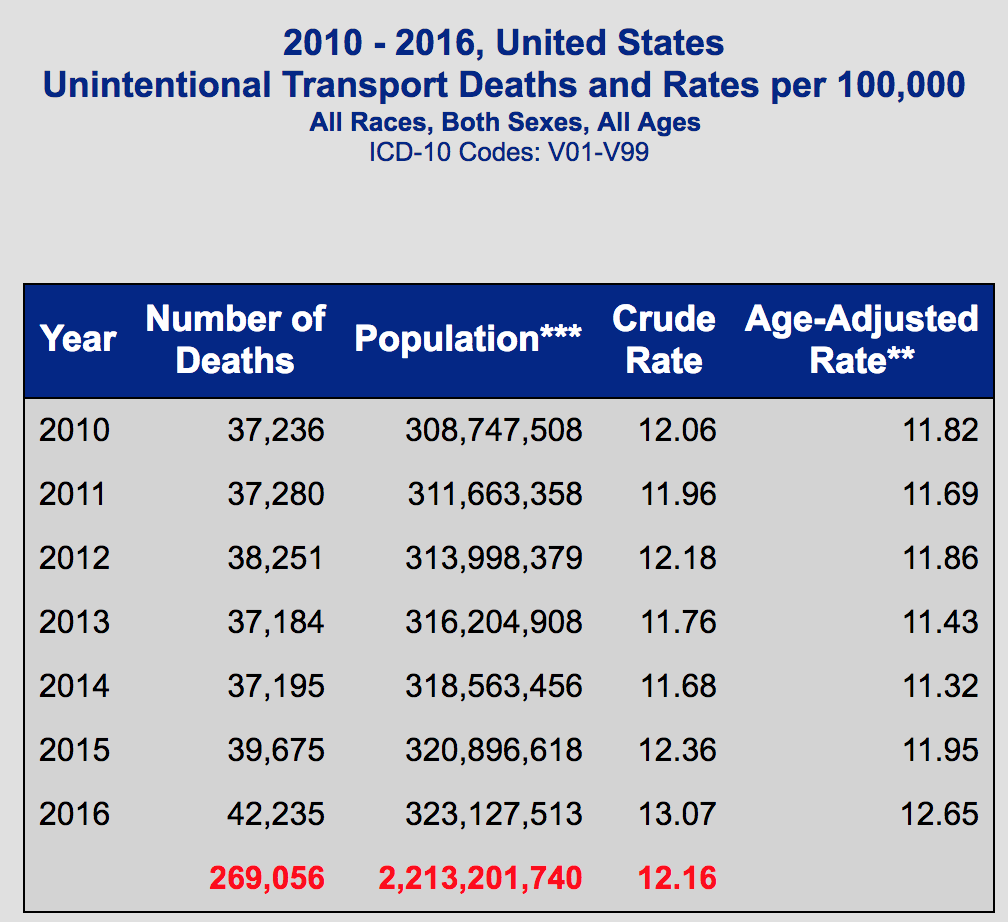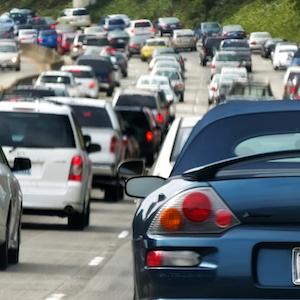It was bound to happen eventually. A self-driving car has killed a pedestrian, and even before the accident has been fully investigated, there are calls to stop testing self-driving cars.
On CNBC, Duke engineering professor Mary Cummings -- who is generally in favor of the technology and wants them on the road before her child turns 16 years old -- said that self-driving cars currently should not be tested in public because it is tantamount to treating people like "guinea pigs." Her argument, however, is misguided for four reasons.
First, and most importantly, there is no adequate way to test cars in a controlled environment. Real life, particularly in a major city, is unpredictable and chaotic. A self-driving car must know how to cope with these conditions, which cannot be replicated in a laboratory-like setting.
Second, and equally as important, we could never collect enough data in controlled settings to determine definitively if self-driving cars are safer than regular cars. Why? Because, according to Fortune:
"[A] new report finds that self-driving cars can’t be tested enough hours to determine their safety. The report from research firm RAND Corporation says autonomous vehicles would need to be tested “hundreds of millions of miles and sometimes hundreds of billions of miles” to gain enough information to compare its safety to human-driven automobiles. Such thorough testing would require “tens and sometimes hundreds of years,” which would make it impractical to accomplish before clearing the vehicles for regular consumer use, the report said. [Emphasis added.]
In other words, to gather enough statistics to draw valid conclusions, we have to put self-driving cars on the roads.
 Third, safety innovations are themselves not 100% safe. Consider seat belts, which have undoubtedly saved countless lives. They aren't perfectly safe, either. If a person is in a car accident, the seat belt can cause an injury to the abdomen. So, the question isn't whether seat belts are perfectly safe but if they are safer than not having them. And the only way to know for sure is to put seat belts in every car and observe what happens if people do or don't use them.
Third, safety innovations are themselves not 100% safe. Consider seat belts, which have undoubtedly saved countless lives. They aren't perfectly safe, either. If a person is in a car accident, the seat belt can cause an injury to the abdomen. So, the question isn't whether seat belts are perfectly safe but if they are safer than not having them. And the only way to know for sure is to put seat belts in every car and observe what happens if people do or don't use them.
Similar reasoning applies to self-driving cars. We know for a fact that, every single year, about 38,000 Americans will die in a motor vehicle accident. (This figure includes pedestrians.) That's a staggering number, as it translates into approximately one death every 15 minutes. (The chart, obtained from CDC WISQARS, shows traffic-related fatalities in the U.S. from 2010 to 2016.) It is a near certainty that self-driving cars will lower these numbers, but we need more data, which can only come through more public testing, not less.
Finally, we use people as guinea pigs all the time. When a person signs up for a clinical trial, they are volunteering to become a human test subject.
Obviously, the difference with self-driving cars is that an individual cannot "opt out" if a company decides to test self-driving cars in his neighborhood. To address this concern, companies should work closely with local governments and test cars only if the community is comfortable with it.
When self-driving cars become the norm, our grandchildren will be shocked to learn that humans used to drive cars, and that nearly 40,000 Americans died every year because of them. Self-driving cars are a true revolution in the making. The more we test them now, the sooner the revolution arrives.




